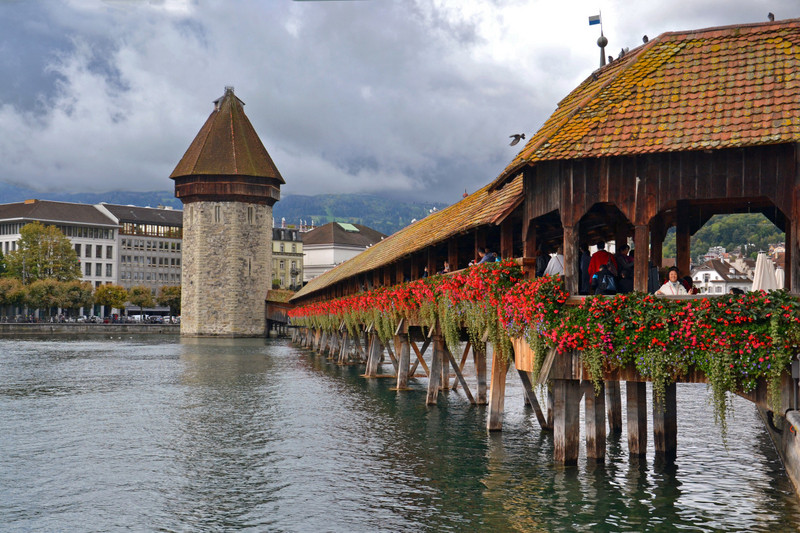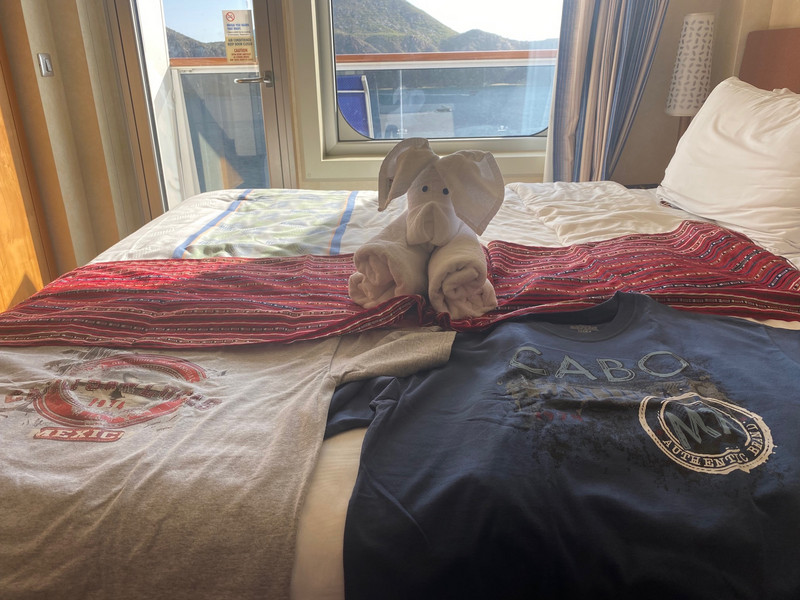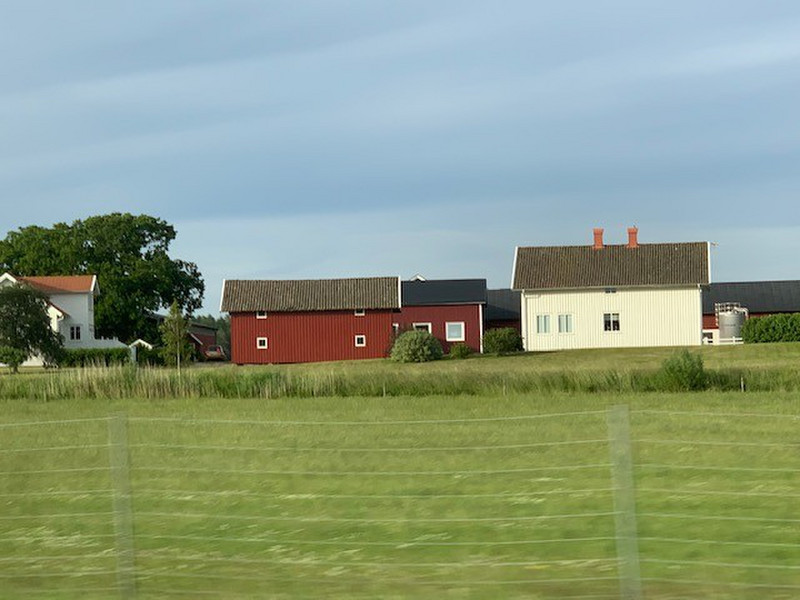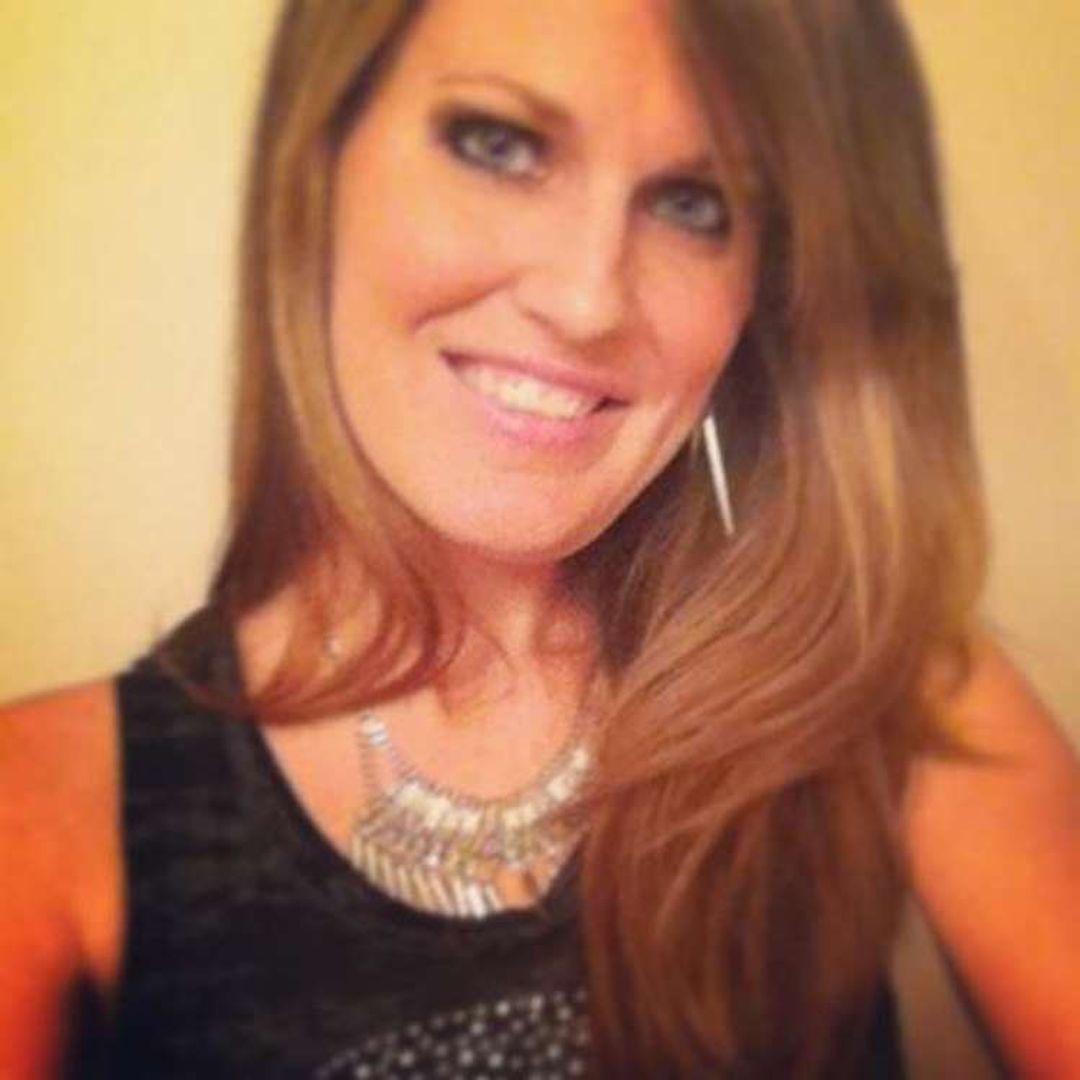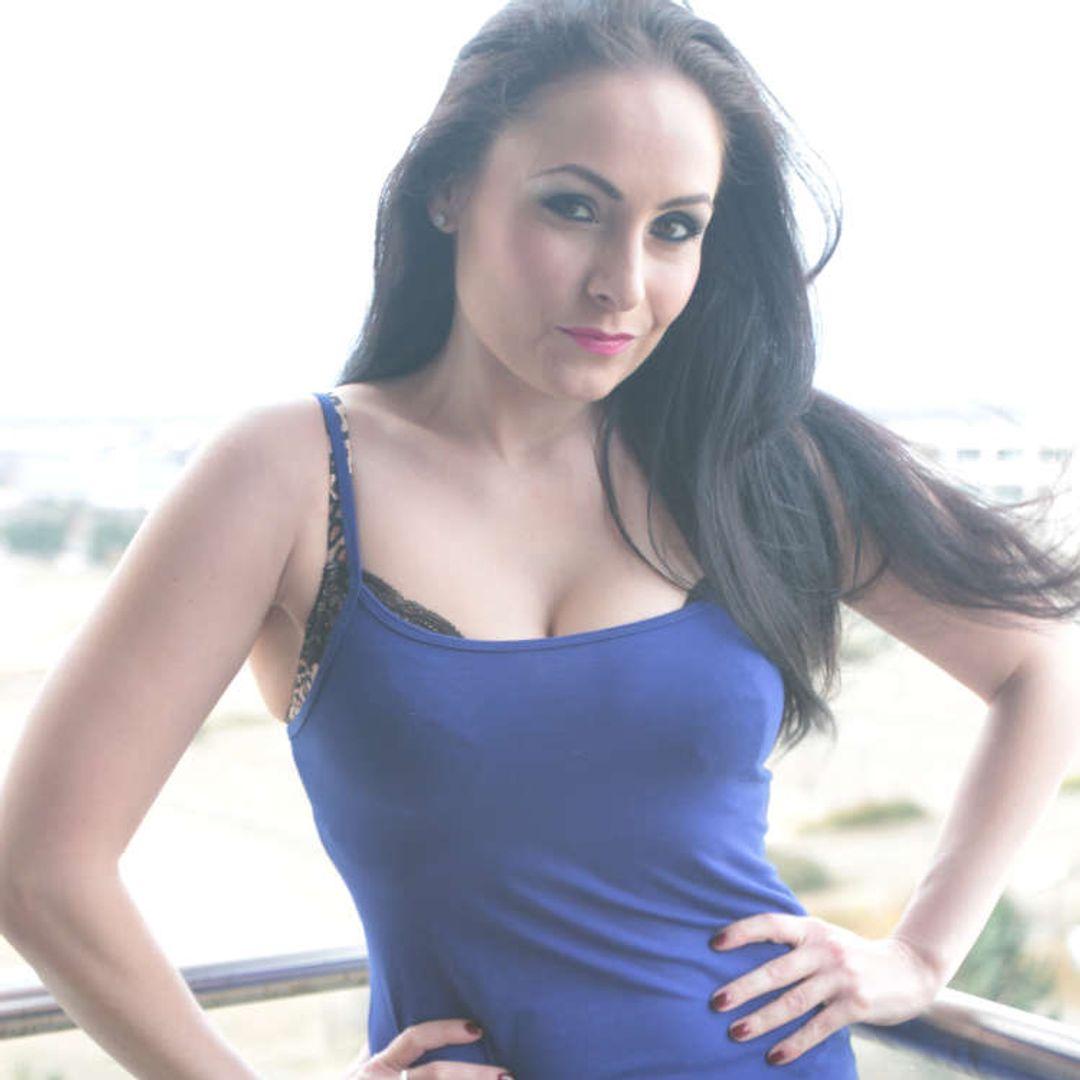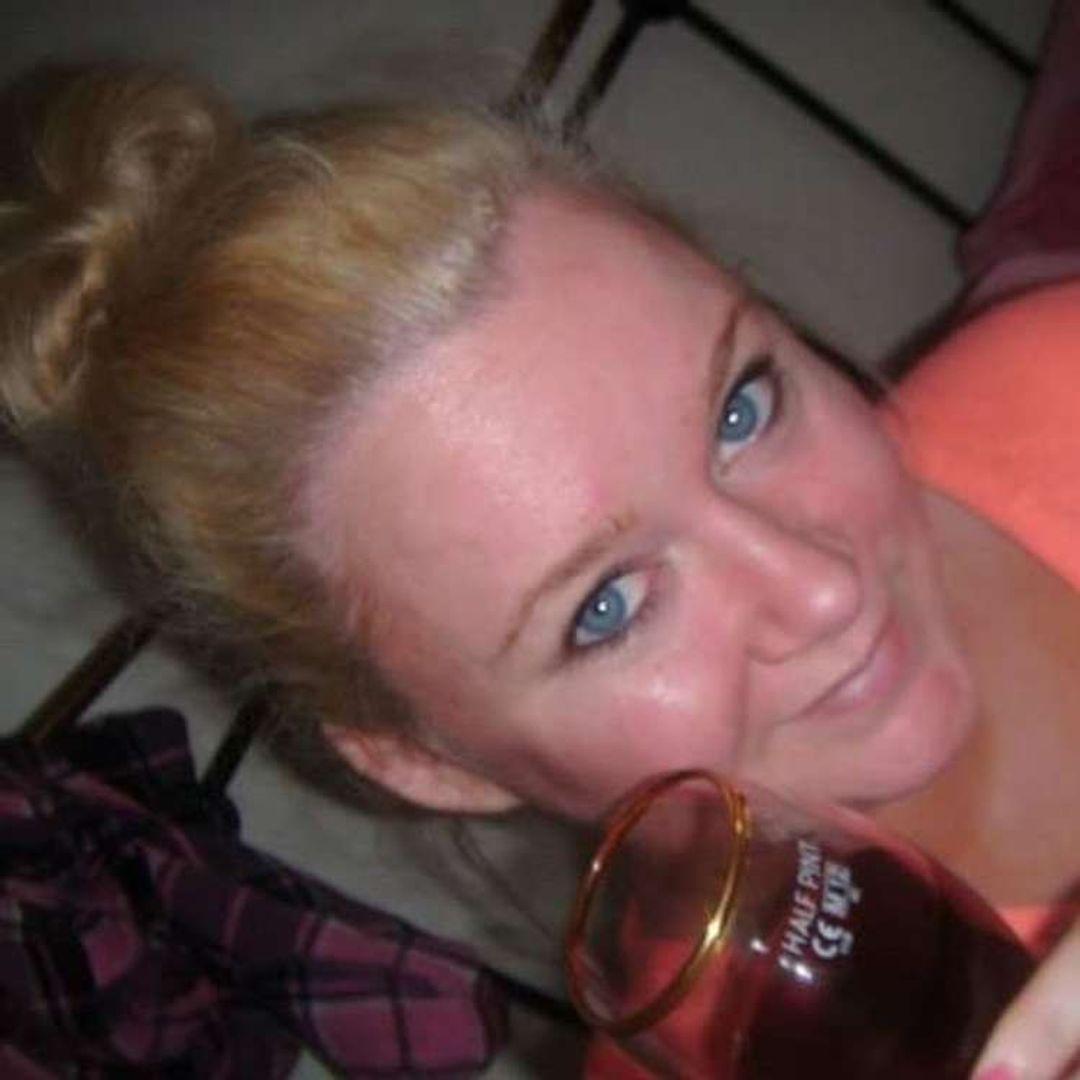Kapellebrcke (Chapel Bridge) across the Reuss River, Lucerne. The angular wooden bridge was built in 1333. Rebuilt in 1994. DSC_0253
Our United Airlines flight from Washington Dulles arrived in Zurich right on time at 8:00 a.m. My first visit to Switzerland! We met the Viking representative in baggage claim, who directed us to our transportation to Lucerne. The bus ride took about an hour. It was raining, but I did have a glimpse of the Swiss countryside. It was noticeable right from the beginning that the Swiss prefer to tunnel roadways through their mountains rather than go around or excavate them.
Arriving in Lucerne, we were treated immediately to striking views of Lake Lucerne and the Kapellbrcke. The coach brought us to the hillside Art Deco Hotel Montana, opened in 1910. Two Viking representative greeted us. One was an American expatriate who had married a Swiss, the other a Czech who had lived in Lucerne for more than twenty years. The charming pair would look after our needs for the next two days and were most helpful, providing valuable information about Lucerne sightseeing.
Rooms would not be ready until the afternoon, so we checked our luggage and proceeded down the hill into town. The hotel has its own convenient funicular down to the lakeside main street. Hotel Montana provided
Wasserturm (Water Tower), an octagonal tower built next to the Kapellbrcke in Lucerne. Built ca. 1300 before the Kapellbrcke. It was intended as a defensive tower facing Lake Lucerne and has been a prison, archive and gift shop. Adjoining the in the river, rises the old Wasserthurm, containing the Municipal Archives. According to tradition, the building was once a lighthouse (lucerna) and gave its name to the 1903. DSC_0255
complimentary Lucerne bus passes. The passes proved invaluable as I have not seen a surface city transit system anything like Lucernes. Trolly busses and motor busses ply regular and easy to understand routes, acting like trams on rubber tires. stops are displayed on a screen. All one has to do is press a stop request button to alight.
We alighted at the Schwanenplatz, the center of town. Right here is the Kapellbrcke, dating from ca. 1365 (rebuilt after a fire in 1993). Susan had been to Lucerne before, so acted as guide. We took a stroll on the Kapellbrcke, noting its interior triangular paintings. The paintings depict scenes form Lucernes history, Thirty remain of the original 147. At the end of the bridge was the 17th century Jesuit Church, in Baroque style. The elaborate interior decoration reminded me of the Theatinerkirche in Munich.
Crossing the Reuss once again, this time on the Rathaussteg, we arrived at the Corn Market in the Altstadt. The Rathaus tower rises from the square. Nearby we examined the colorful Fritschibrunnen (Fritschi Fountain). Fritschi is a Swiss figure associated with Spring. The Fasnacht spring festival centers around him.
Jesuitenkirche - Jesuit Church of St. Francis Xavier. Completed in 1677, the two onion domed towers were added in 1893. St. Franz Xavier is the patron saint of Lucerne. DSC_0256
department store while strolling down Weggisgasse. It had a large souvenir department and so we started picked up Swiss mementos and gifts. Manor also had a very nice cafeteria on the top floor. We enjoyed lunch here before continuing our stroll along the Lake Lucerne waterfront. The Swiss watch stores are located here, around Schwanenplatz. Rolex, Omega, Longines, Bucherer and more. I recalled my mother bought a Bucherer Swiss watch for my grandfather in Lucerne in 1956. I wondered if it was this same shop.
That evening were returned to the vicinity and enjoyed dinner at Wursthaus zum Rebstock at the Hotel Rebstock. The name and menu with Wurst reflected that we were in the German speaking part of Switzerland. My dinner included a side of Swiss Rsti, fried shredded potatoes. They were nearly identical to American hash brown potatoes.
